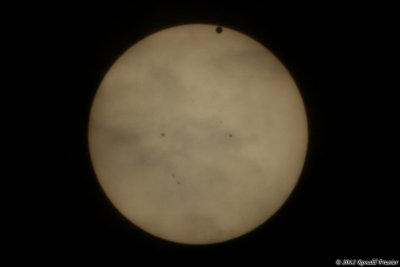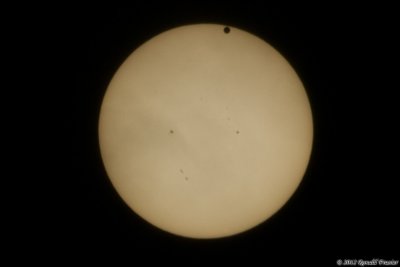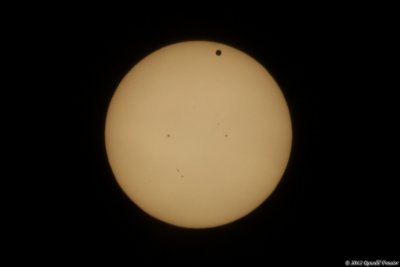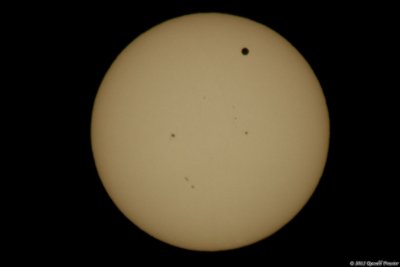





 |
 |
 |
 |
 |
 |
| Ronald Frazier | profile | all galleries >> Astronomy >> Venus Transit 2012 | tree view | thumbnails | slideshow |
 Venus transit 2012 - 6:09:36 PM |
 Venus transit 2012 - 6:21:20 PM |
 Venus transit 2012 - 6:22:22 PM |
 Venus transit 2012 - 6:41:00 PM |
 Venus transit 2012 - 7:34:20 PM |
 Venus transit 2012 - 8:05:26 PM |
| comment | share |